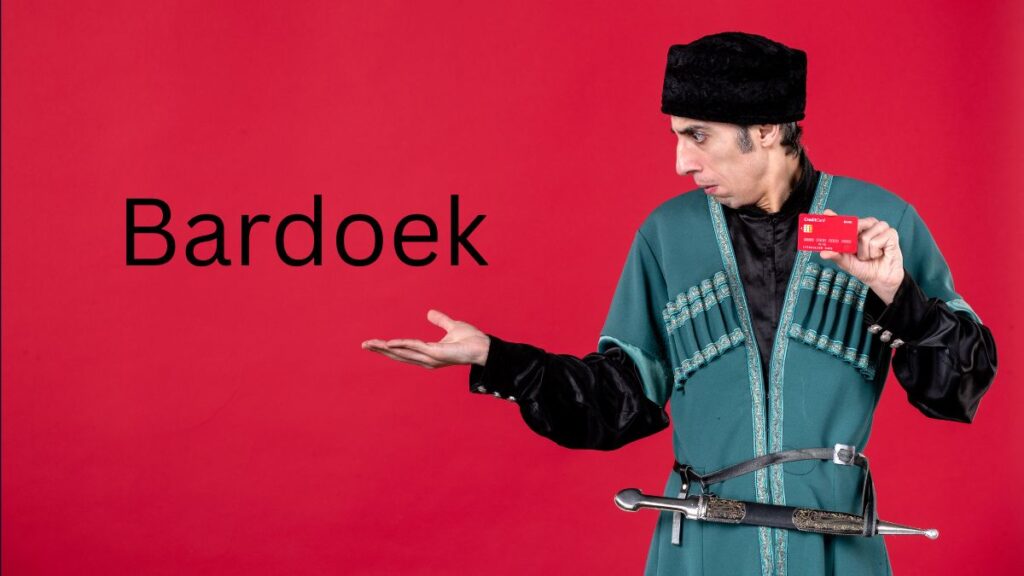Introduction to Bardoek
Bardoek is a captivating tradition that has intrigued many with its rich history and cultural significance. As communities embrace the essence of this unique practice, it serves as a reminder of how diverse our world truly is. From its origins steeped in ancient customs to modern-day interpretations, Bardoek offers a fascinating glimpse into human connection and collective identity. Whether you’re curious about what Bardoek entails or eager to experience it firsthand, there’s much to uncover within this vibrant tradition. Let’s dive deeper into what makes Bardoek so special and why it’s worth understanding in today’s multicultural landscape.
The Origin of the Tradition
Bardoek is rooted in the rich tapestry of cultural heritage, tracing its origins back several centuries. It emerged as a communal practice among small villages, where storytelling and ritualistic gatherings were essential for social bonding.
Historically, Bardoek was intertwined with agricultural cycles. Communities would celebrate harvests or seasonal changes through this tradition, reinforcing unity and shared identity. The name itself derives from ancient dialects that emphasize connection to the earth and fellow beings.
As time passed, Bardoek evolved into a more structured event. Various regions adapted it differently based on local customs and beliefs. This diversity highlights how traditions can shift while still retaining core elements that resonate across generations.
Local legends often credit influential figures who helped shape Bardoek’s practices over time. Their stories add depth to understanding its significance today, reminding us of the importance of preserving such unique traditions amidst modern influences.
How Bardoek is Practiced
Bardoek is an intricate practice that varies widely among communities. Participants often gather in a designated space, which can range from homes to outdoor venues. The ambiance is typically set with traditional music and vibrant decorations.
Rituals begin with the sharing of stories and personal experiences related to Bardoek. This storytelling aspect fosters connections between participants, creating a bond rooted in shared understanding.
Food plays a central role as well. Traditional dishes are prepared, symbolizing unity and celebration of culture. Each meal has its own significance, enhancing the overall experience.
Physical expressions such as dance or movement may also occur during Bardoek gatherings. These movements are not only artistic but serve as a way to convey emotions tied to the tradition.
Through these practices, individuals immerse themselves fully in the essence of Bardoek, making it an unforgettable cultural experience each time it’s observed.
The Significance of Bardoek in Culture and Society
Bardoek holds a profound significance in cultural identity. It acts as a bridge connecting generations, preserving ancestral traditions and wisdom.
In many communities, Bardoek embodies collective values. It fosters unity, reinforcing social bonds among participants through shared experiences. This tradition often serves as a reminder of one’s roots and history.
Additionally, Bardoek plays an essential role in artistic expression. Participants showcase creativity through performances, music, and storytelling that reflect societal norms and beliefs.
The practice also invites dialogue around cultural heritage. As people engage with Bardoek, they explore its meanings and implications for contemporary society.
Furthermore, it can act as a catalyst for intercultural exchange. By sharing their interpretations of Bardoek with others, communities foster understanding and appreciation across diverse backgrounds.
Controversies Surrounding Bardoek
Bardoek has stirred debate in various communities. Some view it as a cherished cultural expression, while others see potential for misinterpretation or misuse.
Critics argue that the practice can sometimes be commercialized, losing its original significance. This commercialization might dilute the authenticity of Bardoek, making it feel more like a spectacle than a genuine tradition.
Additionally, there are concerns about appropriation. Many believe that outsiders adopting Bardoek without understanding its roots could lead to disrespect and misunderstandings.
The generational divide also plays a role in these controversies. Older generations may wish to preserve traditional practices intact, while younger participants seek innovation and adaptation.
These discussions reflect broader themes within society about respect for cultural heritage versus the evolution of traditions in modern contexts.
Modern Adaptations and Changes to Bardoek
In recent years, Bardoek has undergone fascinating transformations. Modern interpretations have emerged as younger generations seek to adapt the tradition to contemporary lifestyles.
Technology plays a significant role in this evolution. Social media platforms showcase Bardoek events, attracting attention and encouraging participation from diverse communities worldwide.
Additionally, some practitioners are blending traditional practices with new art forms. This results in unique expressions that resonate with both local and global audiences.
Workshops and festivals dedicated to Bardoek now incorporate interactive elements, making the experience more accessible for newcomers. These adaptations preserve the essence of the tradition while inviting fresh perspectives.
As culture continues to evolve, so does Bardoek—reflecting broader societal changes while maintaining its core values.
Experiencing Bardoek for Yourself: Dos and Don’ts
If you’re planning to experience Bardoek, prepare for a journey like no other. Respect is key. Approach the tradition with an open mind and genuine curiosity.
Do immerse yourself in the cultural aspects. Engage with locals who practice Bardoek; they can offer insights that enrich your understanding. Ask questions, but be mindful of sensitive topics.
Don’t interrupt ceremonies or rituals unless invited to participate. Observing quietly shows respect for traditions that hold deep meaning for practitioners.
Do take part in communal activities if given the chance. Shared experiences foster connections and appreciation of this unique tradition.
Avoid making assumptions based on stereotypes or misconceptions about Bardoek. Each community may have its own nuances worth exploring.
Do embrace the spirit of togetherness that defines Bardoek events—celebrate diversity through shared moments and stories from those around you.
Conclusion: Embracing and Appreciating Cultural Diversity Through Bardoek
Bardoek represents more than just a tradition; it embodies the spirit and values of the communities that practice it. Engaging with Bardoek offers insights into cultural identity, communal bonds, and shared history. As we explore this unique custom, it’s essential to approach it with openness and respect.
Understanding Bardoek allows us to appreciate the rich tapestry of human expression across diverse cultures. Whether you find yourself participating in a Bardoek event or simply observing from afar, there’s much to learn about compassion, unity, and the importance of honoring one another’s heritage.
As we navigate an increasingly interconnected world, embracing traditions like Bardoek can foster empathy and understanding among different communities. It invites us all to celebrate what makes each culture unique while recognizing our shared humanity. By doing so, we cultivate deeper connections within our global society—one vibrant thread at a time through customs like Bardoek.





